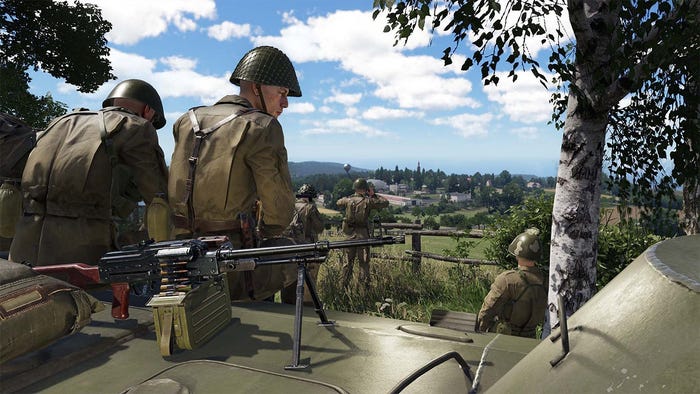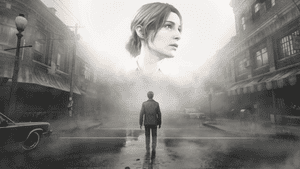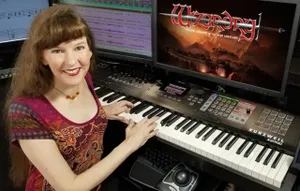Feature: A Game Developer's Guide To Stereoscopic 3D
In <a href="http://www.gamasutra.com/view/feature/6459/a_developers_guide_to_.php">a new Gamasutra feature</a>, contributor Guillaume Gouraud gives a primer on handling the trend towards stereoscopic 3D gaming from a game programming perspective.
August 17, 2011

Author: by Staff
In a new Gamasutra feature, contributor Guillaume Gouraud gives a primer on handling the trend towards stereoscopic 3D gaming from a game programming perspective. After giving a basic introduction to various forms of stereoscopic 3D displays -- from ones using filtered lenses to glasses-free auto-stereoscopic screens -- Gouraud details two different programming techniques for generating the two slightly different images needed to generate a stereoscopic output. The first, 2D + depth rending, judges the depth of objects in a game scene and then generates a second point-of-view for that object using a per-pixel displacement. This technique, which has been used in Enslaved: Odyssey to the West and Batman Arkham Asylum: GOTY edition, is relatively painless from a processing point-of-view, but places at upper limit on the depth-of-field effect that can be achieved. Dual rendering, on the other hand, uses two virtual cameras to generate the two unique views needed for a stereoscopic 3D effect. This method generates the most authentic 3D effect, as seen in titles like Killzone 3 and Gran Turismo but requires the game engine to effectively render twice as many images as a 2D scene, which can cause runtime processing problems, especially on lower-powered consoles. The complete feature goes in to more detail on how each of these rendering processes works, and what developers can expect from the stereoscopic 3D market.
Read more about:
2011You May Also Like







